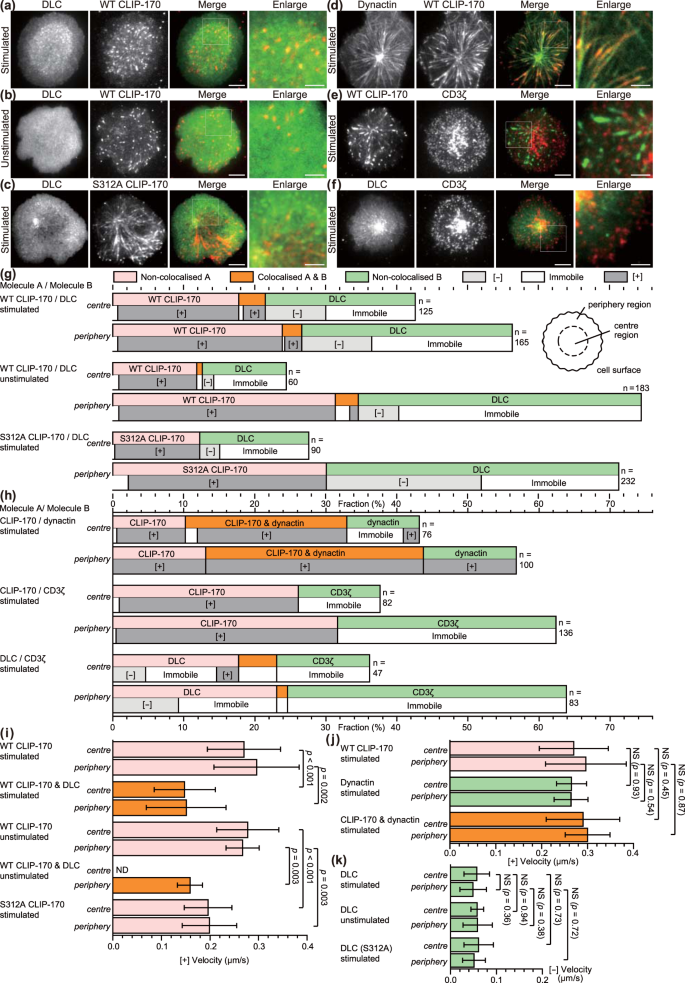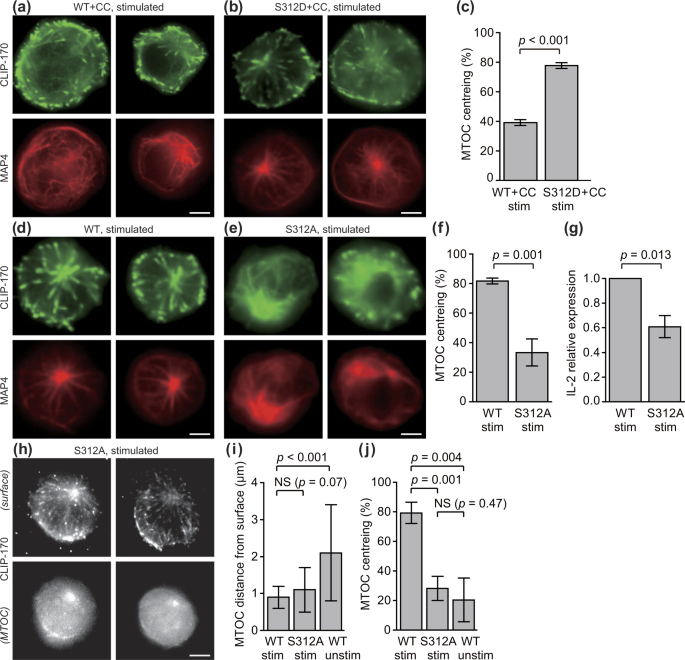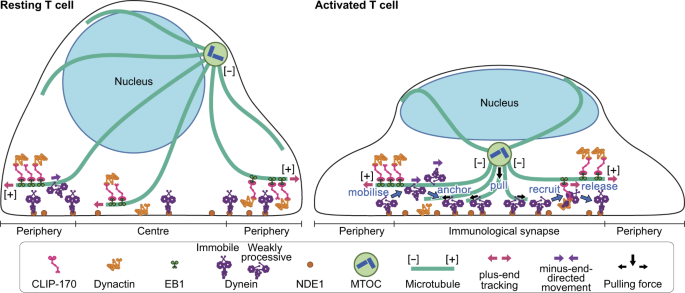
CLIP-170 is essential for MTOC repositioning during T cell activation by regulating dynein localisation on the cell surface | Scientific Reports

CLIP‐170 spatially modulates receptor tyrosine kinase recycling to coordinate cell migration - Zaoui - 2019 - Traffic - Wiley Online Library
CLIP-170S is a microtubule +TIP variant that confers resistance to taxanes by impairing drug-target engageme

CLIP-170 is essential for MTOC repositioning during T cell activation by regulating dynein localisation on the cell surface | Scientific Reports

α-Tubulin Tyrosination and CLIP-170 Phosphorylation Regulate the Initiation of Dynein-Driven Transport in Neurons - ScienceDirect
Domain architecture of CLIP-170 and EB1. A, domain architecture of EB1... | Download Scientific Diagram

Arsenic trioxide disturbs the LIS1/NDEL1/dynein microtubule dynamic complex by disrupting the CLIP170 zinc finger in head and neck cancer - ScienceDirect
The CLIP-170 N-terminal domain binds directly to both F-actin and microtubules in a mutually exclusive manner
CLIP-170S is a microtubule +TIP variant that confers resistance to taxanes by impairing drug-target engageme
Subcellular distribution of CLIP-170 throughout the mitotic cycle of... | Download Scientific Diagram

CLIP-170 is essential for MTOC repositioning during T cell activation by regulating dynein localisation on the cell surface | Scientific Reports

CLIP-170 is essential for MTOC repositioning during T cell activation by regulating dynein localisation on the cell surface | Scientific Reports

Microtubule binding proteins CLIP-170, EB1, and p150Glued form distinct plus-end complexes - ScienceDirect

CLIP-170S is a microtubule +TIP variant that confers resistance to taxanes by impairing drug-target engagement - ScienceDirect

P5 activates CLIP-170 and regulates its location on microtubules. (a)... | Download Scientific Diagram
Overexpression of the microtubule-binding protein CLIP-170 induces a +TIP network superstructure consistent with a biomolecular

Phosphorylation of CLIP‐170 by Plk1 and CK2 promotes timely formation of kinetochore–microtubule attachments | The EMBO Journal








